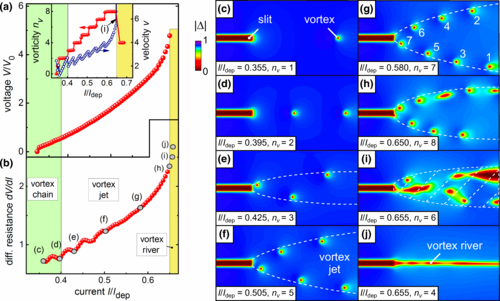Authors: V.M. Bevz, M.Yu. Mikhailov, B. Budinská, S. Lamb-Camarena, S.O. Shpilinska, A.V. Chumak, M. Urbánek, M. Arndt, W. Lang, and O.V. Dobrovolskiy
Phys. Rev. Applied 19, 034098
Abstract: The maximal speed v∗ for magnetic flux quanta is determined by the energy relaxation of unpaired electrons and is thus essential for superconducting microstrip single-photon detectors (SMSPDs). However, the deduction of v∗ from the current-voltage (I-V) curves at zero magnetic field is hindered by the unknown number of vortices, nv, as a small number of fast-moving vortices can induce the same voltage as a large number of slow-moving ones. Here, we introduce an approach for the quantitative determination of nv and v∗. The idea is based on the Aslamazov and Larkin prediction of kinks in the I-V curves of wide and short superconducting constrictions when the number of fluxons crossing the constriction is increased by one. We realize such conditions in wide MoSi thin strips with slits milled by a focused ion beam and reveal quantum effects in a macroscopic system. By observing kinks in the I-V curves with increase of the transport current, we evidence a crossover from a single- to multifluxon dynamics and deduce v∗≃12 km/s. Our experimental observations are augmented with numerical modeling results, which reveal a transition from a vortex chain over a vortex jet to a vortex river with increase of nv and v. Our findings are essential for the development of one-dimensional and two-dimensional few-fluxon devices and provide a demanded approach for the deduction of maximal vortex velocities at the SMSPD operation conditions.




